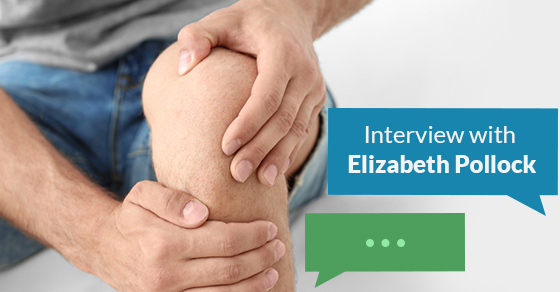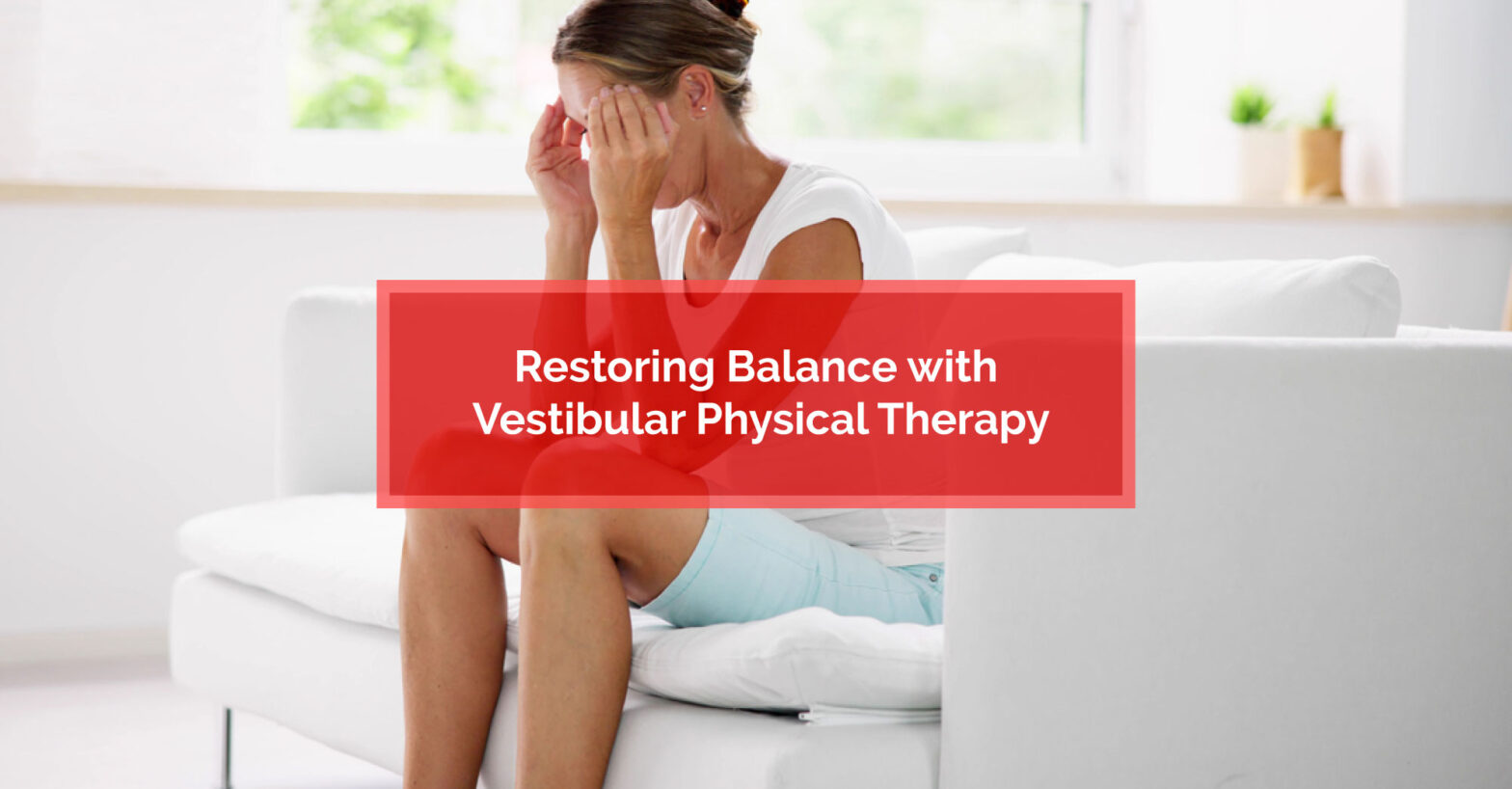Osteoarthritis Treatments: What You Need to Know...
Key Highlights: Osteoarthritis treatments focus on pain relief, restoring joint…
Read More
Posted by Dr. Scott Wilson | 02-Oct-2017
Osteopathy treatment can alleviate pain and improve mobility, particularly for arthritis patients. In this latest post, we chat with Elizabeth Pollock, Manual Osteopath and Clinic Director at Physiomed Nobleton.
Pollock is a Kinesiologist with a background in active therapy. She has worked with both professional and amateur athletes to reduce pain and improve performance – and with a background in competitive sports, she’s experienced in developing effective, interdisciplinary treatment plans for a diversity of ailments and injuries.
In this latest interview, Pollock talks arthritis prevention and treatment, as well as exercise tips to improve bone health, and the benefits of Joga – the latest trend in strength and stability training.
Q: Can you tell me a little bit about what it means to work as a Manual Osteopath?
A: Manual osteopathy is just another realm in which I feel like I can help people lead a pain-free and healthy lifestyle. It’s something I’ve always been passionate about. In every aspect, movement and manual osteopathy just kind of brings everything together – the movement, the manual therapy, and the overall knowledge of the body.
Q: What techniques and treatments are available for arthritis patients?
A: There’s a lot of different treatments that are very effective for arthritis. I think it just comes down to finding the technique that works best for you. Here at Physiomed, we use every different aspect – from chiropractic, where there’s mobilizations or manipulative therapy, as well as acupuncture, [which] is an extremely effective treatment modality that many patients find immense relief in, to TENS therapy to ultrasound, as well as maintenance massage therapy. It really comes down to what’s the best mix for you and what you find most effective.
Q: “The foundation of Osteopathy is built on the premise that the role of the practitioner is to facilitate the body’s inherent ability to heal itself (Lesho, 1999).” How is this applied to bone health and arthritis treatment? Is medication the only answer?
A: Absolutely not. For a long time, people relied on meds. And then they started to realize that, again, something as simple as acupuncture can be even more effective and have much less negative consequences in terms of liver health [and] stomach health… There’s even natural supplements out there for people. Changing diet is a huge thing people have found effective with arthritis. It’s really important to take a step back and look at all avenues.
Q: The term “arthritis” is often applied to numerous conditions affecting the joints. Is arthritis always treated the same?
A: Absolutely not. There are different forms of arthritis – osteoarthritis, rheumatoid arthritis. We know that movement is huge when it comes to bone health. If we stop moving, then bone health is one of the biggest consequences. [At Physiomed], we just want to make sure we can keep you pain free so you can continue to do that thing that your body is already utilizing to keep itself healthy. Sometimes pain just gets in the way of that.
Q: What are some of the biggest misconceptions about arthritis and bone health? Which resources would you recommend to someone looking to stay educated on bone health and arthritis?
A: Here at Physiomed, we do a great job of trying to educate our patients… [The Arthritis Society] have great pointers on their website. They have a lot of great information because they’re there to help as well.
The biggest misconception is that you have to live in pain. When it comes down to it, there are so many things out there that can help people. I think it’s just going out and educating yourself and equipping yourself to understand it the best way. Surgery isn’t always the right option. A lot of times, people will come in and say, “I have arthritis in this aspect of my knee, I want a knee replacement.” And we say, “Well, if you have a hole in your tire, you don’t get a whole new car.” It doesn’t always work that way. If surgery is eventually an option, it’s about prolonging that because there is an expiry on joint replacements. Not to discourage [a joint replacement], but I think [it’s] more of a last-choice.
Q: Is it possible to prevent arthritis? Or, is it possible to slow the onset of arthritis?
A: Absolutely… stability training helps decrease wear and tear on our joints. It’s never too early, or too late, to start introducing preventative treatment for arthritis. That can help you. Again, it’s not a sentence to lifelong pain. It’s just a condition that we can manage like any other.
Q: At what age do you start recommending to your patients that they should be focussing on arthritis prevention?
A: Any age. I think the whole movement of yoga in schools is great. Not only from a mental aspect, but from a physical aspect it’s teaching [students] that that type of training is beneficial – just like going and lifting weights… [or] doing cardio. They all provide a different positive to your health. Getting a good mix of everything is really a great approach to exercise.
Q: How do our dietary and nutritional choices factor into our bone health and arthritis prevention?
A: Huge… Your diet can be one of the biggest things – right from not having energy to increasing pain if you have something if your diet that you are either highly intolerant to or is just creating a lot of inflammation. it’s like adding gas to the fire. Not saying that without that condition the inflammation wouldn’t be there, but I think it definitely affects pain levels. Everyone should always be mindful of what they’re consuming and how that’s affecting their body in the long run.
Q: You’re an ambassador for Joga, a new form of yoga that’s attracting a lot of high profile athletes like Jose Bautista. For those of us who aren’t in the pro leagues, what can we get out of Joga, and what specific benefits does it have for our bone health?
A: Joga really focuses on strength and stability… I think, for everybody, life is movement. Not just for athletes who are constantly on the field, but for those of us who are constantly moving in life. It’s tailored around that competitive edge. We all could benefit from challenging ourselves in that way and, again, any stability training is great for our health.
Q: You have a background in competitive sports like hockey and soccer – did you see a lot of arthritis among that community?
A: For sure. And I see it now a lot with hockey players. Their hips tend to be a big point of issue and strain. But every sport has it’s wear and tear… That’s one thing that I do love [about] working with youth athletes as well because I did go through a lot of pain, and treatment wasn’t as common then… Even when you are developing and going through those youth aspects, there’s always something you can do to help decrease long term strain on [the] body.
Q: We all know exercise improves muscle health – but can it improve bone health? Are there any particular exercise techniques that improve bone health?
A: Strength and stability training is huge because we want to make sure those intrinsic, deep muscles are firing around a joint. As well, when we do things like cardio and we get that impact, even within your strengthening, that’s affecting bone health in a positive manner. Sometimes walking or hiking can be too much, but if you’re able to do that we always encourage it.
This interview has been lightly edited for clarity.

Key Highlights: Osteoarthritis treatments focus on pain relief, restoring joint…
Read More
Key Highlights: Runner's knee, or patellofemoral pain syndrome, is a…
Read More
Key Highlights: Upper back and neck pain can be caused…
Read More
Key Highlights: Many people want to lose belly fat for…
Read More
Key Highlights: Vestibular physical therapy, or physiotherapy, is a specialized…
Read More
Key Highlights: Tennis elbow, or lateral epicondylitis, is a condition…
Read More